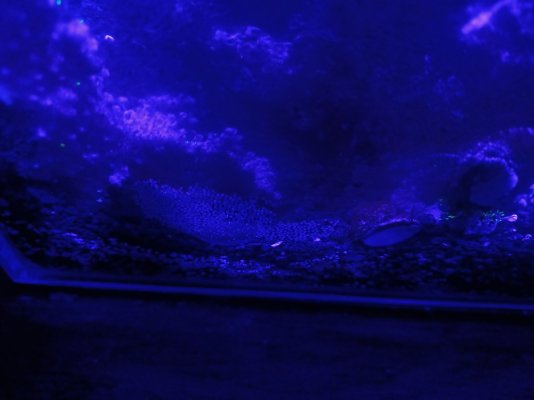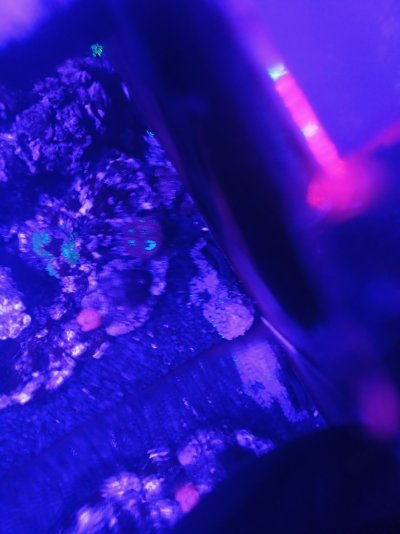Hey guys, in the nano lives a pair of blennys that's it no other fish. The tanks diy automated so I'm not hands in daily. I started not seeing but the one blenny swimming around. I gave it about a week, then started looking last night. I found her with a clutch of eggs! In a corner so tight inbetween the glass and a rock of gsp. I literally can't get a picture. Her behavior is different she stays on those eggs almost 24/7. Only after watching for a long while, did I see the male go back and guard the eggs so the female could grab a quick bite. 2 things worth mentioning, right before the female dissappeared the male dugout/made numerous homes and burrows all around the tank. When I found the eggs my gf said i told you I seen them dancing " I will try again this evening to get a pic of the eggs and post. But, the reason I am sharing this experience is in hope that someone has had experience in successfully rearing Tailspot Blenny larvae will comment and share their experience and advice.
I culture and dose my own phytoplankton daily. I have equipment for rotifers also but haven't started them yet.
When I searched this topic online all I could find was how supposedly hard it was to get these blennys to pair, mate and lay eggs. Didn't find one article on anyone evening researching this. All advice is appreciated Thank-you
I culture and dose my own phytoplankton daily. I have equipment for rotifers also but haven't started them yet.
When I searched this topic online all I could find was how supposedly hard it was to get these blennys to pair, mate and lay eggs. Didn't find one article on anyone evening researching this. All advice is appreciated Thank-you



























